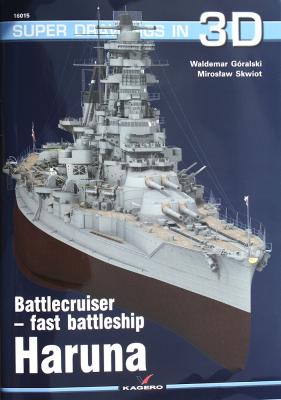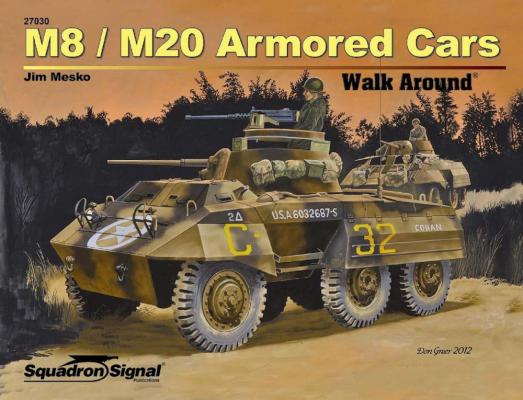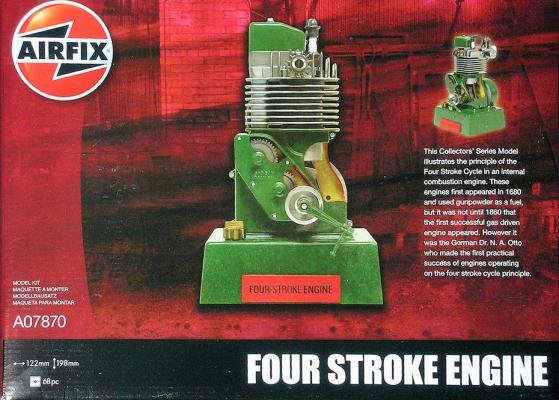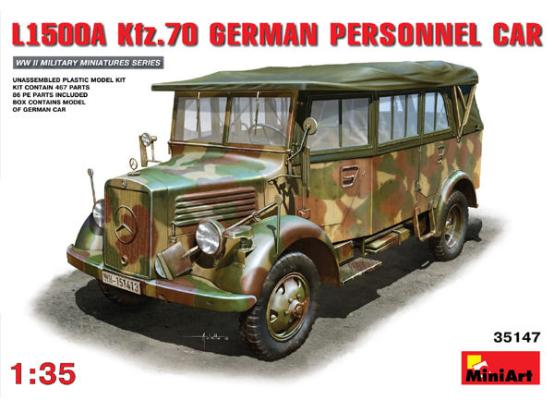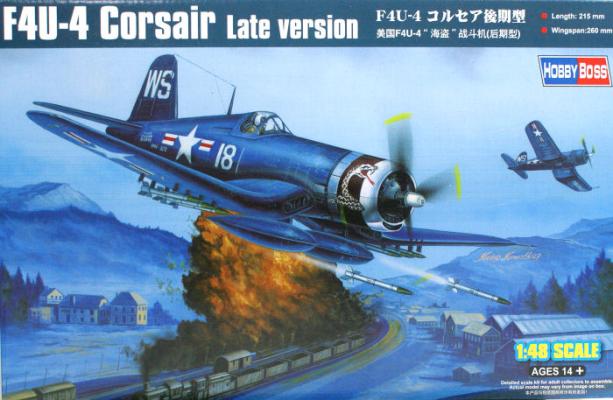Bottom Line
An ultimate and highly detailed modeler’s guide to building IJN Haruna in late 1944 fit. Targeted to 1/350 scale, but suitable for all other scales.
Kagero has produced over a dozen books on WW2 warships that use computer graphics in 3D to provide superb detail. This latest book on the Imperial Japanese Navy (IJN) battlecruiser/fast battleship Haruna is once again an ultimate resource for knowing what the ship looked like in late 1944. Other time periods are not depicted. This book is an ideal companion to 1/350 kits of the Haruna (Fujimi), but is also an ultimate guide to other scales.











